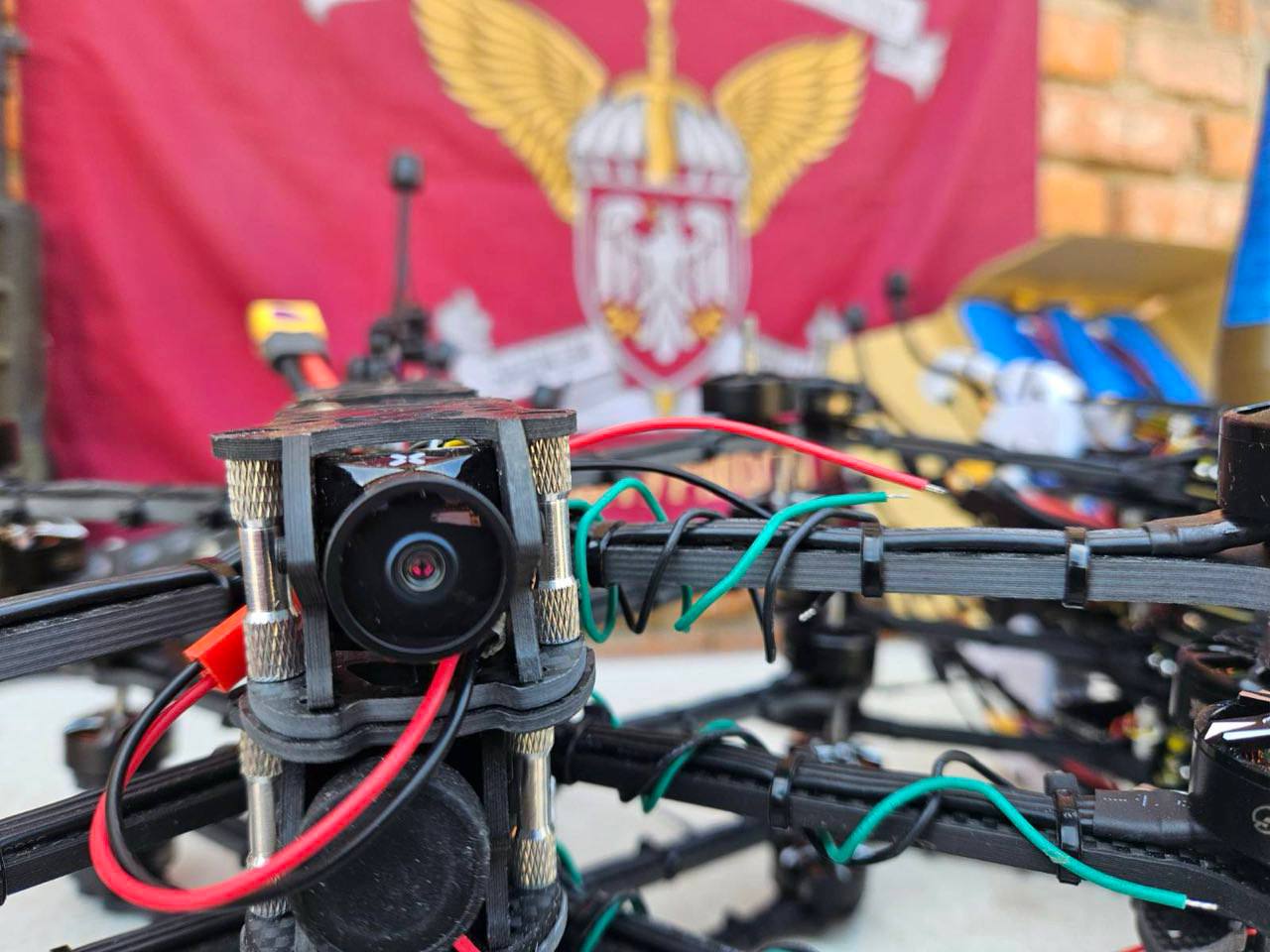Ukrainian manufacturer of FPV killer drones, Wild Hornets, has published a very interesting video taken on a proving ground where a copter drone is trying to attack a group of people while they are fighting back with sticks.
The point, however, is in the laconic description explaining what we see: "Training Wild Hornets," the community says and promises to share more details soon. In the footage from the drone's POV, we can see how people are highlighted indicating object recognition algorithms at work, then an indicator shows the target's been locked.
Read more: First Ever Drone Duel Between Ukrainian Drones and russian Robotic Platforms, Recorded in the Avdiivka Direction
Soon after this initial publication, the community elaborated. This and the following video show episodes of drones learning to recognize their targets. That's because the "machine vision," integrated into the copter, is based on artificial neural network technologies which need to be trained to recognize barely discernible humans against the dynamic background before it can prove useful on the battlefield.
After all, seeing an armored vehicle is not as difficult as a human body, especially since a soldier can change its outline by raising hands or crouching. It makes recognition of people quite a tricky task.
Update: the unworking video link has been updated
Wild Hornets test smart drones with a neural network on Ukrainian electronicsIn the video, the drone has a neural network and a target tracker. With the help of a smart system, it itself determines the targets on the battlefield (vehicles, infantry). The operator only needs to… pic.twitter.com/qXBQa0SfIn
— Wild hornets (@wilendhornets) April 21, 2024
"The 'neurons' are situated on a microcomputer of Ukrainian production, sized 30x30 [apparently, millimeters – ed. Defense Express]. That is, it is compactly mounted in a drone," Wild Hornets note. Besides the smart chip, all other components of the drone featured in these videos are of Ukrainian origin, too, the engineers assure. Including the flight controller, engine controller, video transmitter, camera, microcomputer, and an ELRS radio receiver.
Apparently, Wild Hornets have already made quite a progress since the system already shows promising results. That, inturn, means that soon the Ukrainian Defense Forces will get more of smart FPV drones.

On a final note, the implementation of "machine vision" does not always significantly increase the per-unit cost of drones enhanced this way. For reference, the russians in their pursuit of a similar technology managed to integrate machine learning with components priced at $150 each.
At the same time, the "machine vision" solves two major problems associated with FPV drones: vulnerability to electronic warfare interference, for the drone no longer relies on a stable connection with its operator and can find its target autonomously, and the second is how the skill of the drone operator directly impacts the result of the attack.
Read more: russians to Find Cheap Way to Equip FPV-Drones with Machine Vision for Just $150














